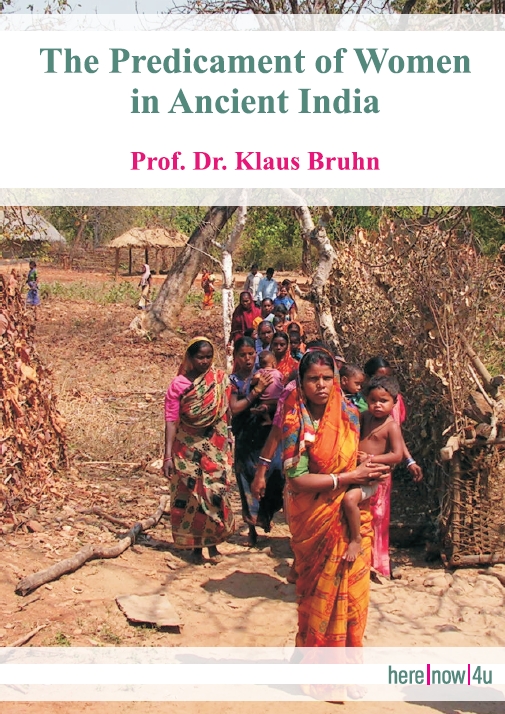Adoption was not favoured in the earliest literary source (Rigveda: SCHMIDT 40, footnote 12). It never became a perfect substitute for one's own son. "What is born of other loins may not be considered (true) progeny" ZIMMER Al 318. It was the own son that mattered and poets composed encomia on the son. "A male seed shall touch this lap, entering in like an arrow into its quiver. A hero will be born of this seed, a son in ten months" (ZIMMER Al 319, early Veda); KARVE 76.
Even then adoption became an important institution up to the present. For the discussion of adoption the reader is referred to JOLLY 72-76 and to our § 3 (sonship). In later days, all forms of sonship except son-1 (a legitimate son) and son-3 ('a son given,' standard form of adoption?) were abolished as kalivarjya (details: JOLLY 73). But this had no influence on adoption as a general custom. Moreover, adoption was always a solemn act, based on shastric theory (JOLLY 74-75, Manu 9.168). JOLLY says on pp.73-74: "Side by side with the moral progress [abolition of niyoga?] and the increase of child marriages... adoption was juridically elaborated and became one of the most important institutions of Indian law." This is not to say that adoption was everywhere the same and that it was of unchanged importance during the last two millennia. JOLLY 74-76. Adoption was practised by all families without sons and by widows without sons. It was certainly a blessing for women (widows) without sons, but it seems that the continuation of the line of the husband was the main consideration. The complexity of the adoption rites gives the impression that the adopted son had a reasonable status although his status was not identical with that of true sons.
 Prof. Dr. Klaus Bruhn
Prof. Dr. Klaus Bruhn
 Title Photo Background:
Title Photo Background: